The Shirley Temple was supposed to be a treat. Three-year-old Chloe had successfully walked down the aisle as the flower girl in a family friend’s wedding and behaved herself at the reception – a feat for any toddler, let alone one whose behavior had been unpredictable as of late. Her proud parents ordered the mocktail as a reward.
They regret it now.
“She went from excited and happy to be there and wanting to dance, to flailing her arms and having a major tantrum,” recalls Chloe’s mom, Bobbi Cunningham, a clinical social worker in New York. “We barely made it out of there in one piece.”
In all, it took about a year for the family to pinpoint the culprit of Chloe’s outbursts that mostly occurred during ostensibly happy occasions such as birthday parties, holidays and family outings to the movies or the circus. It wasn’t attention deficit hyperactivity disorder, the terrible twos or childhood depression; it was an intolerance to Red 40, Yellow 5 and Yellow 6 – three artificial colors that make up about 90 percent of all food dyes, estimates a report by the Center for Science in the Public Interest, a nonprofit that advocates for safer, healthier foods.
“As soon as I stopped all those dyes, she began to sleep better, she looked better [and] she wasn’t so irritable. She was just more relaxed and easygoing,” says Cunningham, who began to make the connection after her daughter swallowed piece after piece of gum containing some of the dyes and other artificial flavorings. Chloe’s pediatrician then referred them to an allergist/immunologist, who agreed Chloe’s behavior changes were a “clear indication” of the dyes’ “toxic nature,” Cunningham recalls, although there’s no test for food dye sensitivities. He wrote a note that Chloe could use at school to avoid the dyes instead. Tossing about 70 percent of the foods in the family’s dry food pantry to clear it of dyes, Cunningham says, “was really quite a change for her – and us.”
Food-dye intolerance affects less than 1 percent of adults and 2 to 7 percent of people with allergies, according the American College of Allergy, Asthma and Immunology, which doesn’t estimate how many children are affected. (While there are thousands of additives in our food supply, only a few seem to cause reactions, ACAAI reports.) Most experts agree that such sensitivities may manifest in children’s behavior – particularly if the children are already susceptible to behavioral problems like ADHD – but stronger research is needed to be sure. The colorful additives’ links to everything from cancer to autism, however, are more controversial – but they’re no less on the minds of Americans, says Joy Dubost, a registered dietitian and food scientist in the District of Columbia. Her clients have asked her whether they should cut out dyes to reduce their risk of cancer or to eat more naturally, although they can’t always articulate exactly why they’re worried. “Most of the time,” Dubost says, “people want to be natural – whatever that means to them.”
Colors of Controversy
It’s not just green bagels, Fruit Loops and Gatorade that are colored by artificial food dyes – some salad dressings, vitamins, pickles and even white frosting contain them too, says Lisa Lefferts, a senior scientist who focuses on food additives at CSPI, the consumer advocacy organization. Makeup, contact lenses and cough syrup can also be tinted with the dyes, according to the U.S. Food and Drug Administration, which regulates color additives. “Places where you’d never expect to find them, you can find them,” Lefferts says.
Is that so bad? According to Lefferts, yes. She points to studies compiled in her organization’s recent report – called “Seeing Red” – suggesting that behavioral problems may be reduced when certain food dyes are removed from some children’s diets. Just this week, CSPI submitted a letter – including more than 2,000 complaints from parents – urging the FDA to require warning labels on foods that contain synthetic dyes. “Sometimes the kid has been medicated or diagnosed with ADHD or other problems, and simply by eliminating dyes, they can solve the problem,” says Lefferts, whose organization estimates that about a half-million children who’ve been diagnosed with ADHD are susceptible to food-dye sensitivities. “What an unnecessary tragedy because a lot of parents don’t find out.”
Cunningham worries about misdiagnoses, too, noting that ADHD medications themselves may contain dyes that can contribute to outbursts. Parents may misattribute behavioral issues to the wrong dietary culprit, too. “So many people think their kids are reacting to sugar,” Cunningham says, “but always this dye is the shadow behind the sugar.”
But the reverse may be true too, says Joshua Lambert, an associate professor of food science at Pennsylvania State University. “A lot of these artificial food dyes occur in sugary beverages and high-energy-dense foods,” he says, “and it’s not always clear [in studies] how well those things were controlled for.”
Even so, color additives are hardly necessary, Lefferts argues. “It’s not like this is some lifesaving drug that we’re willing to put up with some downsides,” she says. “It’s color – and you can get color another way.” Try adding pesto to your deviled eggs for a St. Patrick’s Day-themed twist, she suggests.
For adults, food-dye risks are mostly limited to those with allergies or sensitivities to them – sometimes in the form of skin reactions like hives, according to the ACAAI. But there have been reports of adults going into severe anaphylactic shock due to a color additive that comes from dried bugs. While some animal research has suggested that certain dyes may have carcinogenic effects, those in our food supply either aren’t among them or are regulated so that they’ll never reach potentially cancerous levels, Dubost says. Like anything, “the poison is in the dose,” she says.
Still, choosing fruit punch over all-natural coconut water won’t do your health any favors, Lefferts says. “Dyes are often used in heavily processed foods that have low nutritional value,” Lefferts says, “so by avoiding the dyes, you’ll probably also be avoiding some foods that just aren’t good for you anyway.”
‘We Eat With Our Eyes’
Other science and nutrition experts aren’t so sure artificial dyes are worth the worry for kids and adults who aren’t sensitive to them.
“If we don’t have a good understanding of whether they have adverse effects or not, and [we don’t] do the studies to show that they do or don’t, we run the risk of worrying about things when we should be worrying about something else,” Lambert says. Fretting about the dye in festive green beer is a case in point. “In terms of any real toxicological risk,” Lambert says, “the risk is from drinking too much beer – rather than drinking green beer.”
While food dyes don’t have any nutritional value, they do have some value, says Dubost, noting that natural alternatives such as fruit extracts can be costly and inconsistent for food manufacturers. “We eat with our eyes, and color is an important part of that perception that the food will be good,” she says. Unlike CSPI experts, who cite loopholes in the FDA’s policies, which they say allow unsafe dyes to wrongly meet the legal standard of safety, she trusts the work of FDA scientists, who’ve concluded that the colorful additives approved for use in our food supply are generally safe when used appropriately. In other words, a green drop or two in your muffin mix isn’t a big deal if you’re not sensitive to dyes, she says.
“It all comes down to consumer choice, and if you want to avoid them, avoid them,” Dubost says. “But when you look at the science and the research; when you look at it from a toxicological standpoint, these ingredients are safe.” Indeed, the FDA upholds that approved color additives are safe when used as directed.
It’s also important to remember that “natural” isn’t always as it sounds, when it comes to food coloring or anything else for that matter, says Lambert, who, along with a colleague, is studying whether a chemical found in avocado pits can be safely used as an orange food dye. “That assumption that ‘natural means safe’ is not a reasonable assumption,” he says.
For families like Chloe’s, however, using natural alternatives – or otherwise avoiding specific additives – is the only way to get through dye-happy holidays like St. Patrick’s Day and Easter – a holiday Cunningham calls a “nightmare.” While she lets her daughter dye eggs with gloves, for example, Chloe can’t eat the hard-boiled snack beneath the shell which may have soaked up a bit of the dye. “We waste a dozen eggs every year,” she says.
But it’s worth it. Chloe, now 9, is healthy and happy – and doesn’t even want colored candies and other dyed foods because of the way they make her feel, Cunningham says. In her mind, there’s no question Chloe’s reactions were directly linked to color additives. “When you see it and experience it, you know it’s super-real,” she says. “So many people have the exact same story.”
Share this content:


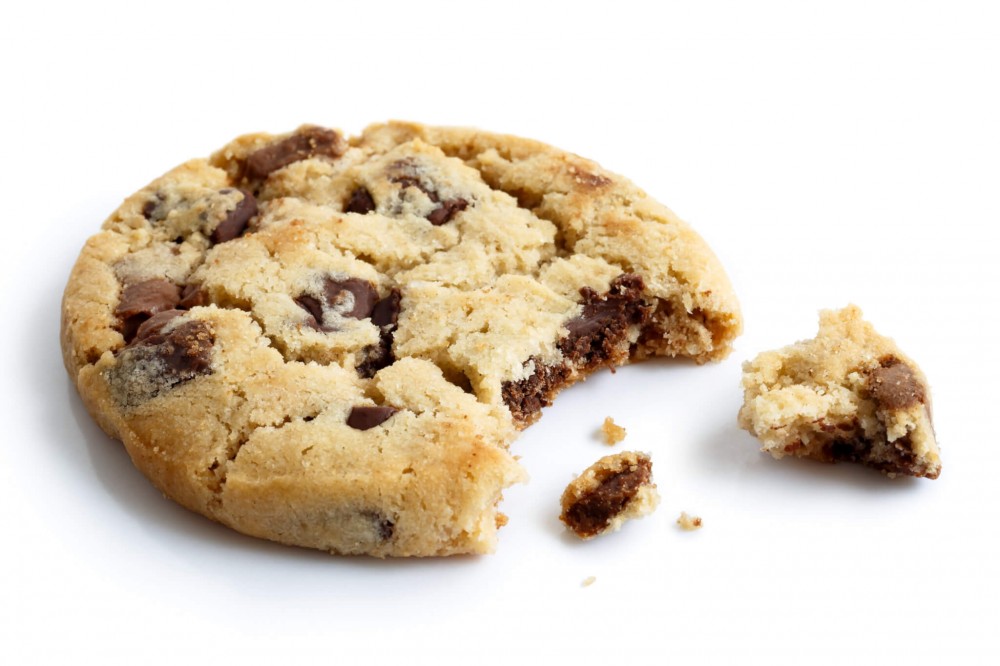




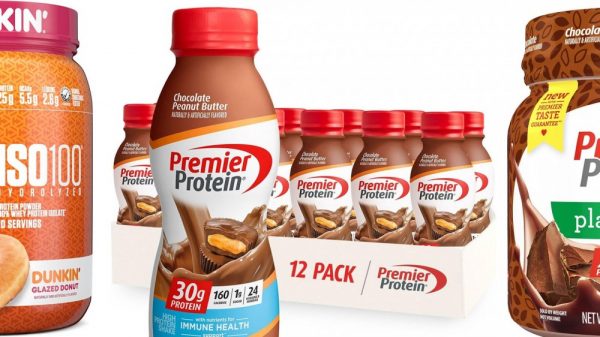
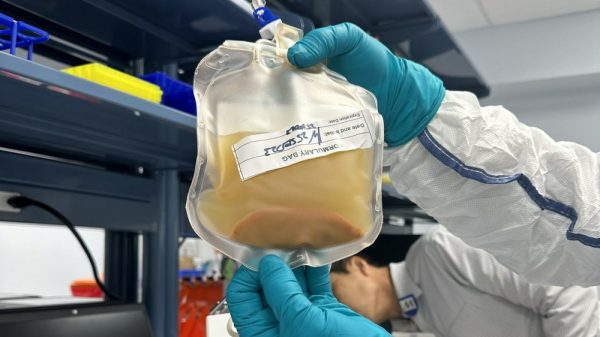
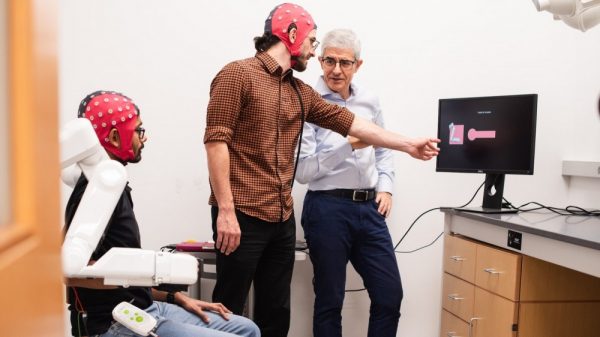




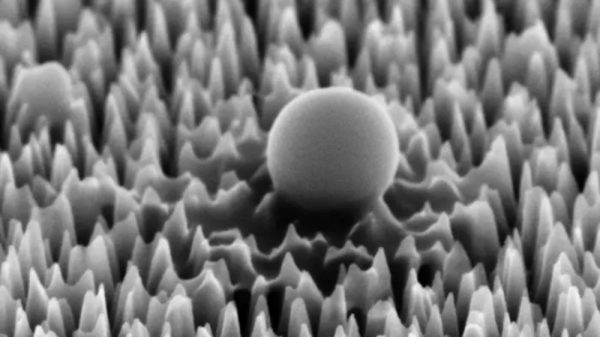
Post Comment